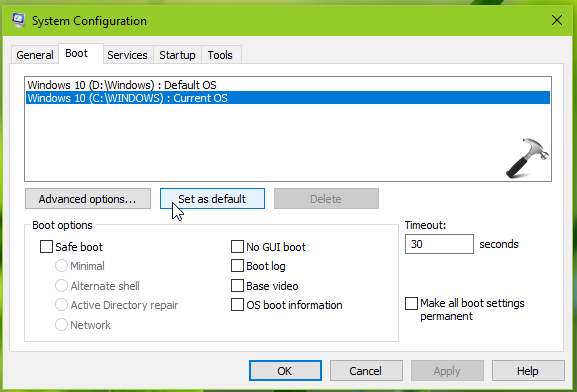

What You Can Do on the Advanced Options Menu Sometimes the pressure needs to be big enough to form diamonds.Note: We’re showing screenshots from Windows 10 in this article, but the process is largely the same in Windows 8. bcdboot c:\Windows /s b: /f all, some more infos if needed.įor me this worked like a charm.format quick fs=fat32 label="System", or maybe label=EFI if you like better?.shrink desired=500, let's shrink it by 500MB.select partition N, the one to be shrinked.select disk X, X is the one where the desired Windows 10 installation is located.list all the available disks with list disk.Start a terminal with SHIFT-F10 during setup.To get some space on the SSD for the EFI partition we shrink the main partition, create a new EFI partition and write a bootloader to it by doing following: If not, try to use a USB connector directly on your motherboard. Now your system should reboot from the USB key. look out for boot options and select the newly create USB key.select back up system files to the recovery drive and click next.Press the windows key and type: create recovery drive and select.A recovery CD/DVD or USB key will do as well. First I had to boot from the old installation. The solution had been to create a new EFI partition on the SSD with the current/active Windows 10 installation. I really needed the other SSD to install Proxmox and a VM. :)Īfter ignoring this issue for ages (nearly one and a half year obviously), I had a reason to bite the bullet and try again. I would know what to do on Linux, but I am not that certain on Windows anymore. Crate the BootManager stuff with bcdeditĪll of that without loosing the installation / data on the Disk 4.Create / Cop over the EFI System partition (is this possible?).Create / Copy over a recovery partition (is this possible?).Move it the end of the free space (can this be done with the Disk Management tool?).shrink the Disk4 Win 10 Partition with the Disk Management tool.Disk4 is the new one, Disk 5 the old one: I am also not sure if this can be done easily, because of the Recovery and EFI System Partition is on the old SSD.

I want to remove the old SSD now, but it will not boot without it. During boot still the old SSD is used but starts Windows on the new SSD. It seems it was a big mistake to do the installation, during the old SSD was still in the system. I bought a larger SSD some time ago and reinstalled Windows 10 on the new SSD. I would need some support one a boot issue with my Windows 10 system.


 0 kommentar(er)
0 kommentar(er)
